Indian road safety got a shot in its arm with the recent unveiling of an AI solution that uses sensors and predictive analytics to warn of collisions even before they occur. The project titled iRASTE – Intelligent Solutions for Road Safety through Technology and Engineering – was launched in Nagpur by the Union Minister of Road Transport, Nitin Gadkari. Here’s a look at the IIITH connect with the initiative.
The year 2020 has come to be known as the “lost year”. Notably, alongside the countless number of lives lost due to the pandemic, there were a significant number of deaths caused by road accidents too. Despite the lockdown and consequent fall in traffic congestion, the National Crime Records Bureau reveals that India logged 1.2 lakh deaths due to road accidents in 2020. According to a World Bank report that was published early this year, India tops the global death toll in road accidents at 11%. In order to address this alarming situation, the Indian government is aiming for a 50% reduction in road fatalities by the year 2030. Assisting the government in its endeavour is a unique multi-agency initiative harnessing the power of deep technology – Project iRASTE, which is an acronym for intelligent Solutions for Road Safety through Technology and Engineering.
Joining Hands
The iRASTE initiative is the combined efforts of the government, INAI, Intel, IIIT Hyderabad, CSIR-CRRI (Central Road Research Institute), Mahindra and Mahindra and the Nagpur Municipal Corporation. Speaking of the project’s genesis, Varma Konala, CEO, INAI (Applied AI Research Institute), says that with Intel as one of the main collaborators, IIITH has been working over the past few years in creating datasets for Indian driving conditions. Known as the IDD or Indian Driving Dataset, these are helpful for researchers to develop their own algorithms. “The setting up of INAI seemed like a natural progression to formalize the industry partnership and to find applications to sophisticated AI in everyday problems especially at the national level,” he remarks. Beyond the AI expertise of IIITH, this project uniquely leverages the expertise and capabilities of each of the partners. While Intel India brings onboard systems based on Advanced Driver Assist System (ADAS) technology, CSIR-CRRI brings domain expertise in road engineering and Mahindra & Mahindra, with their vast experience of driving major road initiatives is set to conduct road safety public awareness programs and driver training in Nagpur.
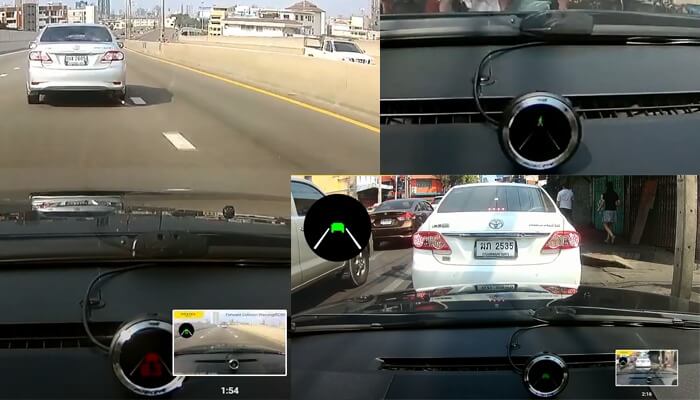
Assisting Drivers
With the aim of reducing rate of accidents in India, the group has been conducting small pilot studies of ADAS technology by Mobileye (an Intel company) where a camera mounted on the windshield of a vehicle scans the entire road ahead and uses complex algorithms to track potential risks to safety. If the system detects a potential risk of collision, it gives an audio as well as visual warning to the driver. For instance, if the driver gets too close to the vehicle ahead, a warning will let him know so that he can slow down and maintain a safe following distance. A similar warning is sounded in case of a risk of colliding with pedestrians, cyclists or even stray animals. In the event of veering away from your designated lane without signalling, the system also provides an alert to prevent unintentional drifting into the wrong lane.
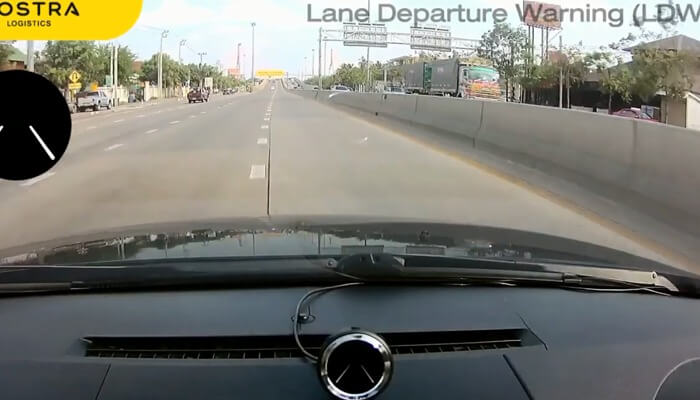
Fixing Road Infrastructure
For project iRASTE, the Nagpur Municipal Corporation has adopted the collision avoidance technology in a fleet of its intra-city buses. While the primary goal is to reduce accidents and casualties through modification of driver behaviour via the use of assistive technology, the second objective lies in leveraging the predictive power of AI for fixing road infrastructure. “Currently, an accident-prone zone or blackspot is identified by statistical analysis. You look at past statistics – the number of deaths and fatalities – and determine an area as a blackspot. But that is a lagging indicator,” says Varma, adding, “In our system, the accumulated data from the sensors installed in the buses can help flag potential risk in certain zones, thereby creating a leading indicator of a potential blackspot, or a grey spot.” An important measure for reducing fatalities is a good road infrastructure regime that takes the corrective action of fixing the black spots through detailed road engineering. The innovative and novel aspect of Project iRASTE is the addition of a preventive element to the traditional corrective element for road infrastructure improvements.
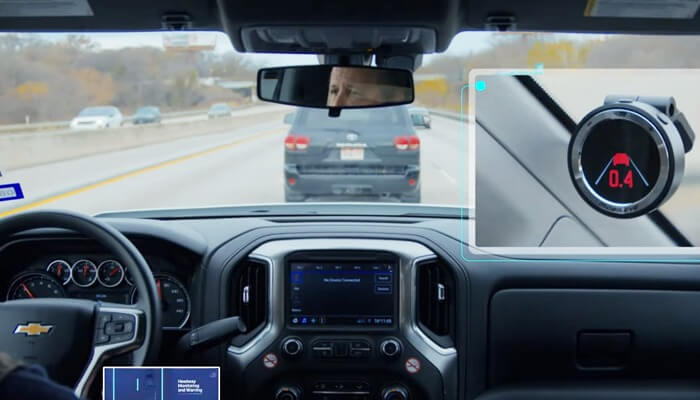
Made For Indian Roads
What makes the solution even more unique is that the sophisticated technology has been especially adapted to suit Indian conditions. “The algorithms in the assistive devices were originally developed in the West where one is not going to see the kind of traffic we see here”, says Varma. Interestingly, Mobileye’s partnership with Mahindra and Mahindra has resulted in the same technology getting integrated in their latest SUV that was launched recently – the XUV 700. While the initial rollout of the system is in Nagpur, the eventual goal is to replicate the solution in other cities too. Currently, talks are on with the Telangana government to adopt the technology in a fleet of buses that ply on highways. “In Nagpur, it is being rolled out in the city. But about 50% of accidents happen on highways which constitute only 5% of the Indian road network. If we implement this on highways, it will cover all kinds of roads,” remarks Varma.
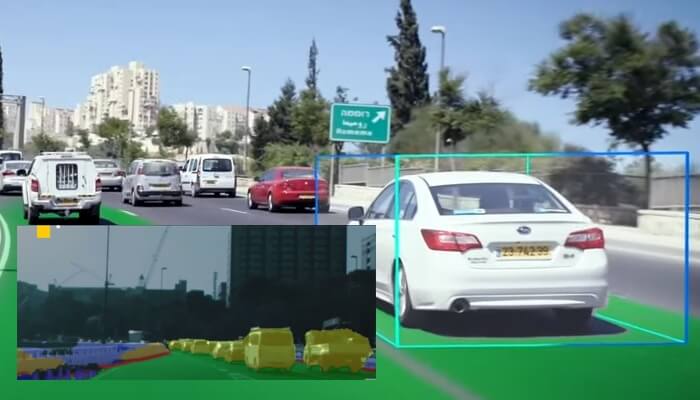

Sarita Chebbi is a compulsive early riser. Devourer of all news. Kettlebell enthusiast. Nit-picker of the written word especially when it’s not her own.

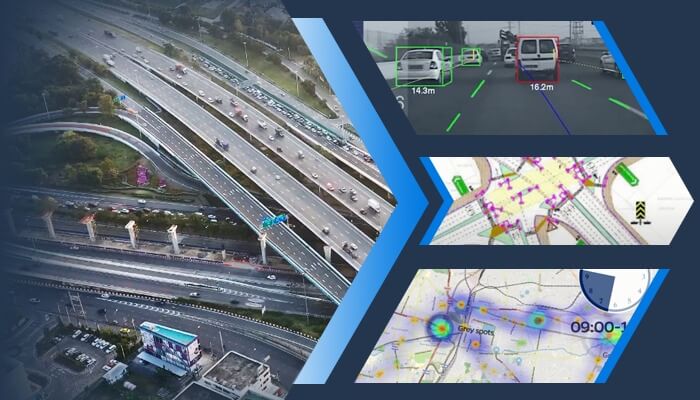
Next post